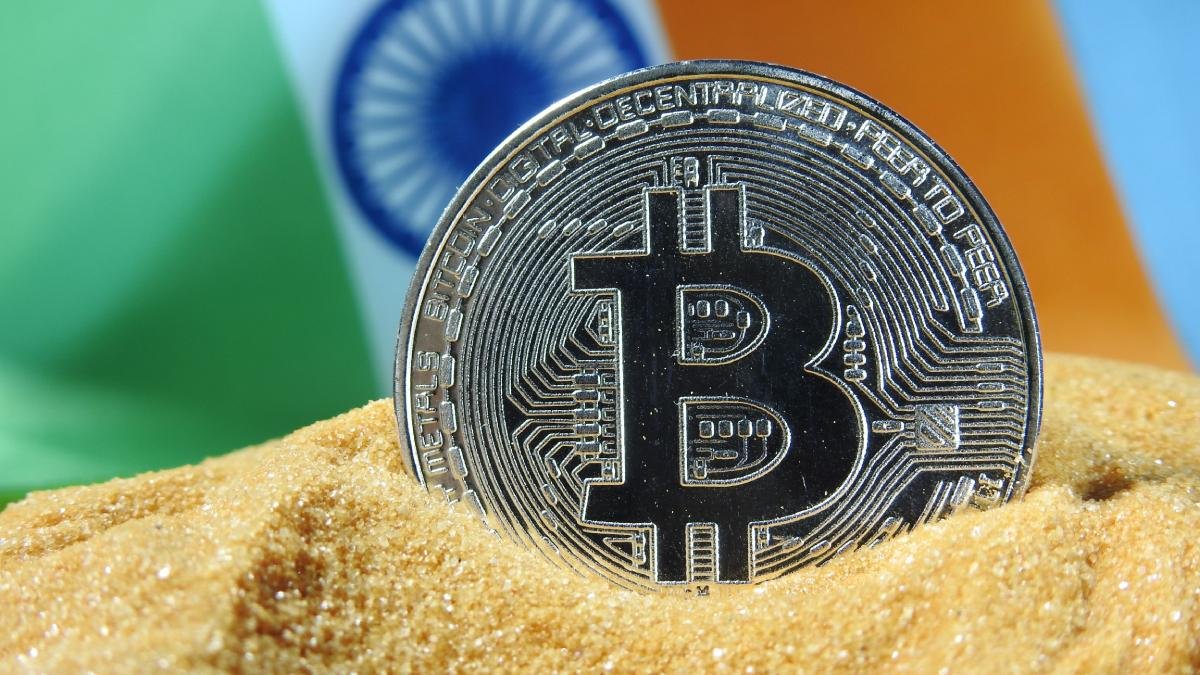
The OM token, the native cryptocurrency of the Mantra blockchain, registered a sudden and drastic drop over the weekend. The token fell by 90 percent in value, from $6 (roughly Rs. 515) to $0.70 (roughly Rs. 60.5), raising alarms across the crypto community. Speculations suggesting a potential rug pull flooded social media soon after the value of the OM token started to decline. Suspicions around a potential hack also surfaced on social media, intensifying market fear. However, the Mantra leadership team were quick to address the situation and dismiss rug pull rumours.
The broader crypto market lost momentum last week following US President Donald Trump’s announcement of new tariff rules targeting China, India, Europe, and other regions. Amid the market contraction, the decline of OM token prices reportedly eliminated over $5 billion (roughly Rs. 43,048 crore) from its overall market cap within hours.
JP Mullin, the co-founder of Mantra addressed the situation through X in an attempt to tame the spiralling frenzy.
“We have determined that the OM market movements were triggered by reckless forced closures initiated by centralised exchanges on OM account holders. The timing and depth of the crash suggest that a very sudden closure of account positions was initiated without sufficient warning or notice. This happened during low-liquidity hours on a Sunday evening UTC,” Mullin said.
A Breakdown of What Happened
The Mantra chain was founded in 2020 as a DeFi project built atop the Ethereum mother chain. In October 2024, Mantra transitioned into an independent Layer-1 blockchain, supported by the Cosmos SDK. The blockchain network reportedly lays special focus on real world assets (RWAs). The platform has formed several Web3 partnerships over the past year, including collaborations with Google Cloud and UAE real estate giant Damac Group.
Mantra’s Om token plunge over the weekend is being reported as the sharpest single-day crash for any crypto token so far this year. The drop amplified market anxiety at a time when centralised exchanges are already grappling with scams and hack attacks.
In his explanation, Mullin pointed to intentional market positioning by centralised exchanges as a possible cause of OM’s price decline.
“Centralised exchange partners play an important role in providing liquidity to projects like ours. However, they continue to exercise enormously high levels of discretion. When discretionary powers are exercised without due internal and external oversight, dislocations like what recently happened can and will occur, hurting both projects and investors alike,” he noted.
The leadership at Mantra also ensured community members that the tokenomics of the OM token remains intact and claimed that their team did not cause these “reckless liquidations”.
MANTRA community – we want to assure you that MANTRA is fundamentally strong. Today’s activity was triggered by reckless liquidations, not anything to do with the project. One thing we want to be clear on: this was not our team. We are looking into it and will share more details…
— MANTRA | Tokenizing RWAs (@MANTRA_Chain) April 13, 2025
OM token’s total market cap drastically dropped to $700 million (roughly Rs. 6,026 crore) over the weekend. Before the crash, OM token’s market cap was reportedly over $6 billion (roughly Rs. 51,657 crore).
Data by CoinMarketCap shows that over 969 million OM tokens are currently in circulation – with the maximum supply capped at 1.81 billion.
Market Reactions
As OM’s price began to spiral, the resulting market turmoil prompted crypto platforms to engage with their communities in an effort to contain broader fallout. Binance Customer Support, for instance, addressed the situation on X, stating that risk control measures for OM had been in place since October due to significant changes in the token’s economics.
“Binance is aware that $OM, the native token of MANTRA, has experienced significant price volatilities. Our initial findings indicate that the developments over the past day are a result of cross-exchange liquidations,” the @BinanceHelpDesk handle told its followers.
Binance is aware that $OM, the native token of MANTRA, has experienced significant price volatilities. Our initial findings indicate that the developments over the past day are a result of cross-exchange liquidations.
Since October of last year, Binance has implemented various…
— Binance Customer Support (@BinanceHelpDesk) April 14, 2025
In a conversation with Gadgets 360, India’s CoinDCX also said that, “while some believe OM was subjected to a rug pull or a potential exploit or a smart bug, the possibilities of a forced liquidation of longs by centralised exchanges are higher.”
Binance Academy explains “forced liquidations” as an “involuntary conversion of assets into cash or cash equivalents where selling happens automatically when certain conditions are met.”
For now, the Mantra team has strongly advised its community members against engaging with random or suspicious accounts that may look affiliated with the project. The platform is expected to host a community connect session on X to respond to community grievances.



